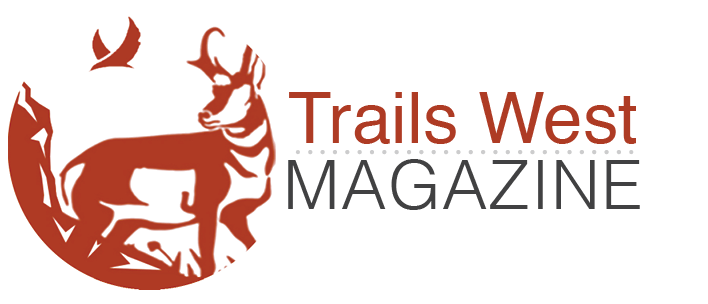| PHOTOGRAPHY PROJECTS |
By: Photojournalist & Film Photographer Hawk Buckman
Long Draw Publishing is breaking new ground in the publishing industry by incorporating more film photography into its publication. Since 2020, we have brought stories to life with digital cameras of various makes and models. However, we are now re-embracing analogue photography to produce stunning images for our readers. This unprecedented move is aimed at creating a unique visual experience that captures the beauty and nostalgia of film photography. Join us as we blend the best of both worlds and showcase the beauty of storytelling through the lens of film and digital photography in our publication.
Long Draw Publishing is proud to announce the revival of the F8 Project, a community of film photography enthusiasts who shared their knowledge and passion for the craft. As part of this effort, we’re incorporating more film photography and re-embracing analogue techniques to produce stunning images for our publication, Trails West Magazine.
Our dedication to excellence extends to all aspects of our storytelling, including the images we use to bring our stories to life. We believe in presenting accurate information and creating a genuine connection with our readers, and we’ve found that film photography helps us achieve this goal better than digital cameras. In the past, we used digital cameras for their affordability, but we’ve realized that film photography’s unique aesthetic and tactile nature is worth the investment.
We used to rely on digital cameras for our publication, but we soon realized that they didn’t produce the aesthetic we were looking for. We found that despite the high cost of purchasing and maintaining a digital camera, the resulting images were often too sharp and inflexible, lacking the natural and realistic look that we wanted to achieve. In addition, editing digital photos was time-consuming and often resulted in an unnatural-looking image. That’s why we’ve launched the F8 Project, where we are now using film photography and re-embracing analogue techniques to produce images that accurately capture the beauty of the American West. With our new approach, we can create stunning photos that truly do justice to the landscape and culture of this iconic region.
After two years of using digital cameras and the accompanying accessories and programs, we have decided to switch back to using film and film cameras. The reason for this move to analog is that we find film to be superior in many ways. One of the main advantages of film is that it renders colors and skin tones more naturally than digital sensors. This is why even Hollywood and serious movie directors still shoot motion pictures with film. In addition, film can be edited quickly and easily stylized and colorized with just the push of a button
Film Selection
Depending on the selection, or brand, of film used, it documents a scene as it was, not how a digital sensor, the engineer that built it, or the software engineer that programmed it thinks it should look.
Kodak Portra 400 is a good example of natural colors in celluloid and is a product used most often by professional photographers, including us. Kodak Ektachrome 100 positive film is another product that we trust and love.
For example, compare Star Wars Episode IV – A New Hope (shot in film) against Star Wars: Episode I – The Phantom Menace (shot in digital). Can you see the difference? We can.
Another reason is that we want to tell a story with depth. Our goal has always been to produce the most natural, accurate, and truthful scene we can provide and avoid the scenario in which our photographs are called into question as possibly being fake, manipulated, or worse, a digital graphic.
As far as we know, Long Draw Publishing is the only multimedia and publishing company that has ever moved back to analogue film photography in documenting a story. So far, we’re taking great pride in that decision.
The images currently displayed on our publication websites and print publications were captured using digital cameras, and we have no plans to replace them with analog photography. While we would love to incorporate more film photography, the existing digital images will remain as is.
Starting May 2023, we will use film photography to document most of the images in our new stories. We want to inform our readers that this decision will not significantly impact their experience of Trails West Magazine. However, we would like to invite those who are interested to participate in the reimagined F8 Project.
We at Trails West Magazine prioritize delivering accurate information, and we want to be transparent about our methods. That’s why we’re using film photography in our publication from now on. If you notice a difference in the images you see, know that they are genuine photographs and not digital reproductions. Our commitment to providing factual information extends to our visuals, and we hope our readers appreciate the authenticity of our approach.
Thank you for your support.
Special thanks to Jodene A & Jerry G.
| MORE INFORMATION
Feel free to share your thoughts and observations on film photography with us. We value your feedback and encourage you to leave a comment if you have a Trails West Magazine account. If you don’t have an account yet, you can easily register for one and join the conversation on this page.







